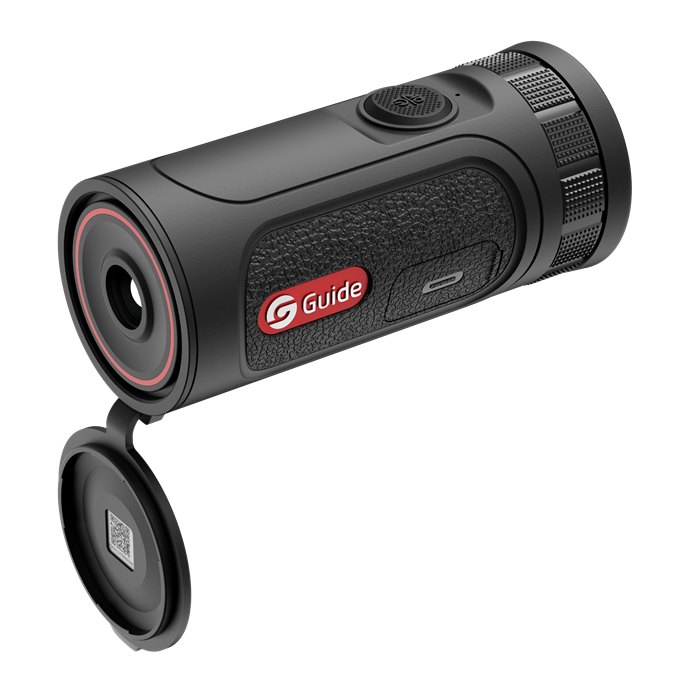
# Thermal Vision Monocular: Advanced Night Vision Technology for Enhanced Surveillance
## Introduction to Thermal Vision Monocular
Thermal vision monoculars have revolutionized night vision technology, offering unparalleled capabilities in low-light and complete darkness conditions. These advanced devices detect infrared radiation emitted by objects, converting thermal energy into visible images that allow users to see in total darkness, through smoke, fog, and even some obstacles.
## How Thermal Vision Monoculars Work
Unlike traditional night vision devices that amplify available light, thermal monoculars operate on a completely different principle:
– Infrared detection: The device captures infrared radiation emitted by all objects based on their temperature
– Thermal sensor conversion: A specialized sensor converts the infrared data into electrical signals
– Image processing: Advanced algorithms process these signals to create a visual representation
– Display output: The processed image appears on the viewfinder or screen, showing temperature differences as varying shades or colors
## Key Features of Modern Thermal Monoculars
Today’s thermal vision monoculars incorporate numerous advanced features:
– High-resolution thermal sensors (up to 640×512 pixels)
– Multiple color palettes for different viewing conditions
– Digital zoom capabilities (often 2x-8x)
– Built-in video recording and photo capture
– Wi-Fi connectivity for live streaming
– Rugged, waterproof designs for outdoor use
– Long battery life (typically 5-10 hours per charge)
## Applications of Thermal Vision Monoculars
These versatile devices serve numerous purposes across various industries:
### Military and Law Enforcement
Thermal monoculars provide critical advantages for security personnel, enabling:
– Nighttime surveillance operations
– Suspect tracking in complete darkness
– Search and rescue missions
– Border patrol activities
– Tactical operations planning
### Wildlife Observation and Hunting
Nature enthusiasts and hunters benefit from thermal technology by:
– Observing nocturnal animals without disturbing them
– Tracking game in low-light conditions
– Identifying heat signatures through dense foliage
– Monitoring animal behavior patterns
### Industrial and Commercial Uses
Various industries utilize thermal monoculars for:
– Building inspections (detecting heat leaks or electrical faults)
– Mechanical equipment monitoring
– Firefighting operations
– Maritime navigation
– Security surveillance for businesses
## Advantages Over Traditional Night Vision
Thermal vision monoculars offer several benefits compared to conventional night vision devices:
– No need for ambient light (works in complete darkness)
– Can see through smoke, fog, and light foliage
– Detects hidden objects or people based on heat signatures
– Not affected by bright light sources that can “white out” traditional night vision
– Provides temperature differential information
## Choosing the Right Thermal Monocular
When selecting a thermal vision monocular, consider these factors:
– Resolution: Higher resolution provides clearer images
– Detection range: Choose based on your typical viewing distances
– Refresh rate: Higher rates (60Hz) offer smoother motion
– Battery life: Important for extended use
– Additional features: Consider GPS, rangefinders, or recording capabilities
– Budget: Prices range from hundreds to thousands of dollars
## Future Developments in Thermal Vision Technology
The field of thermal imaging continues to evolve with exciting advancements:
– Higher resolution sensors becoming more affordable
– Integration with augmented reality systems
– Smaller, lighter form factors
Keyword: thermal vision monocular
– Improved battery technology for longer operation
– AI-assisted image recognition and analysis
– Wireless connectivity with other devices and networks
Thermal vision monoculars represent a significant leap forward in surveillance and observation technology. Whether for professional use in security and law enforcement, industrial applications, or recreational activities like hunting and wildlife observation, these devices provide capabilities far beyond traditional night vision. As technology continues to advance, thermal imaging will become even more accessible and powerful, opening new possibilities for enhanced vision in challenging conditions.